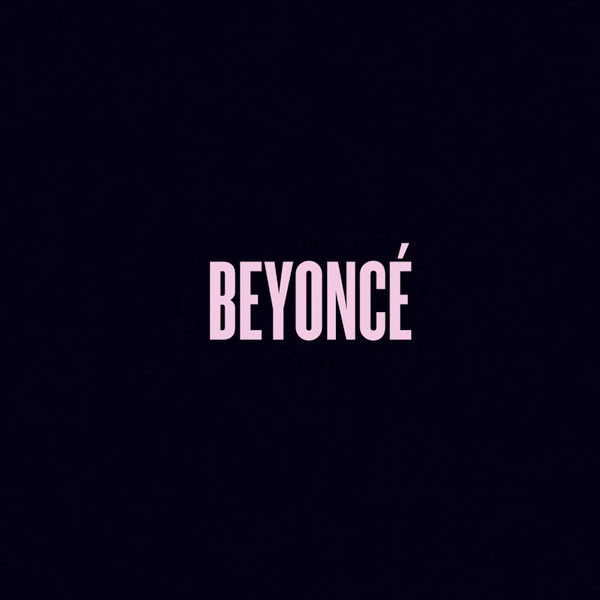Tratar de explicar esta entrada: si una lista es un modo de
doblar y pegar el espacio y el tiempo, un acelerador de información, la
creación de un túnel narrativo donde el montador es el protagonista (aunque
también puede ser que sólo sea un escaparate de tus elecciones que muestras a
los demás para ser aceptado), entonces, la intención de esta entrada que
aglutina canciones idol que escuché durante este año era mostrar las idas y
venidas del interés y el afecto, aquello que escuché con fervor, aquello que
escuché tres veces con la mirada iluminada y después olvidé, aquello que formó
parte de mi vida y ya no, aquello que dentro de algunos años, cuando los
nombres y títulos estén olvidados, me ponga una sonrisa en la boca y me diga
que este fui yo. Y claro contar mi historia a través de sus historias, qué hice
durante este año reflejado en esta constelación de fragmentos musicales.
Una buena idea, aunque ejecutada un tanto tarde. De modo que
la lista ahora refleja un año donde todo me superó y nada salió como debía.
Aunque claro, todavía puede tener algún tipo de poder y servir para algo.
Es una documentación de un ingente capital humano que
consume sus vidas esperando la realización de algún tipo de sueño, visión o
idea: la fama, ser recordado, el dinero, la entrada a un mundo de estabilidad
(sea a través de un trabajo fijo o formando una familia), la revolución, una vida
plena realizada a través de la dedicación al trabajo. Una instantánea que
mediante su estatismo permite reconocer el carácter transitorio, en permanente
mutación y flujo de una escena musical así como lo efímero y pasajero que puede
resultar como estilo de vida (multitud de rostros que ya se han retirado o
grupos disueltos). Reconocer que, a través de las canciones, uno está rodeado
de fantasmas (sonoros o no). Más fácil de hacer cuando el estilo musical no
tiene ningún tipo de reconocimiento a nivel crítico. Nadie cambiando el mundo o
forjando la historia de la música por aquí.
También, olvidada la memoria de los hechos, puede servir
para reflejar un momento que puede reconstruirse a través de retazos, marcas,
gestos, pistas, trazos e intuiciones. En ese caso, explicitar algunas
limitaciones en el criterio:
Hay algunos grupos ascendentes en popularidad, pero hemos
tratado de evitar los “grandes” (o habituales) nombres que representan el
género.
No es una lista expansiva. Hay multitud de grupos que no
están representados y ciertamente hay una tendencia hacia los grupos pequeños.
Siguiendo la idea de documentación, cada canción está
publicada en algún tipo de formato, single, CD-R, descarga o videoclip. La idea
era incluir portadas o fotografías de los mismos (en el caso de alguna edición
en CD-R).También hay una canción (bueno, dos) no publicada que añadimos como
número 53 de la lista. Si es un trabajo de recuerdo es necesario mencionar que
hay grupos cuyo único registro será la grabación en vídeo por parte de algún
fan (en el mejor de los casos).
En algún caso he puesto más de una canción: la que me gusta
frente a aquella sobre la que pensaba escribir algo o refleja la incapacidad de
descartar una canción en una doble cara A.
Algunos grupos deberían tener múltiples entradas en esta
lista, pero la hemos reducido a una. También tras editar esta entrada me he
dado cuenta que no he incluido a LinQ, de modo que ni siquiera es muy
exhaustiva.
….
BiS “BiSimulation”
Negicco “Ai
no Tower of Love”
Tsuribit “Manatsu
no Tentai Kansoku”
ANNA☆S “Su and You”
ALLOVER “Sekai de Ichiban Natsu ga Suki”
Babyraids “Baby
Revolution”/ “ Koyomi no Ue deha December”
Dancing
Dolls “Wangan Wonder Darling”
Dempagumi
.inc “Denden Passion”
Doll☆Elements “Kimi no Koto Mamoritai!”
Dorothy
Little Happy “colorful life”
Especia “Parliament”
Hime Kyun
Fruit Can “Buzzword”
i☆Ris “Wonderland”
Idoling Neo
“mero mero”
Otome
Shinto “Mousou★Koukan Nikki”
Party
Rockets “Setsunasora”
Sunmyu “Kore
ga Ai Nanda”
Tokyo Cheer②
Party “Iijan!”
Yumemiru
Adolescence “Nakimushi Sniper”
Okashi
Zukuri “Kasa to Ouji to Nichiyoubi”
SnowDrops “Seishun`piece`straight!!”
Telepathy “Telepathy Sekai” / “Telepathy Mirai”
GALETTe “G”
DIANNA☆SWEET “Hatsukoi Revolution”
Kokepiyo “Little
Paris Scandal”
Mikansei “Chodoii”
TAKENOKO▲ “TAKENOKO▲”
St Bonapro School
“Yumemiru Carnival”
Fruitpochette
“暴虐-PARASITE”
Yamaguchi
Kassei Gakuen “STEP✕STEP”
Curumi
Chronicle “午前11時”
2& “Nega
Poji Monster”
Jelly Beans
“Uchuu No Kokyuu”
Caramel☆Ribbon “Start Ribbon”
choice? “Otomeza
no Renai Un”
Lyrical
School “Parade”
Mocanon “Chu-New”
Hachikin
Girls “Nihon Rettou Yume Zensen”
Maria “MARIA”
Jumpin’ “Jumpin’〜 Lalalapanorama〜”
Ami〜gas “Watashi Aidoru Seno Remix”
Lovely★Doll “Aoi Sora wo Nozomunara”
peach sugar
snow “Jumon”
USA☆MiMi
“青春グラフィティ”
G☆Girls “Shining Days”
hy4_4yh “Tickeee
Daisakusen! ~Yavay~”
Bellring
Shoujo Heart “Circus & Renai Soudan”
Shizukaze
& Kizuna “Tsukushinbou”
Feam “HEART
~僕らはひとつ~”
Izukoneko “e.c.i.n”
You’ll Melt
More “SWEET ESCAPE”
Under Face “Tick-Tock-Cloc”
+
CUTE×BEAT









































